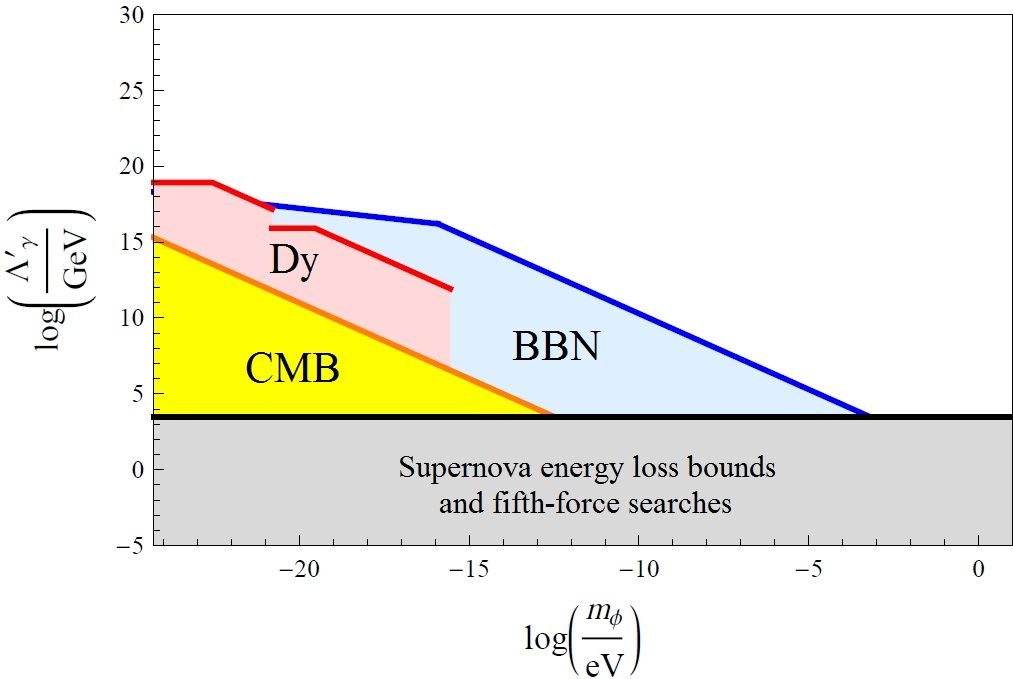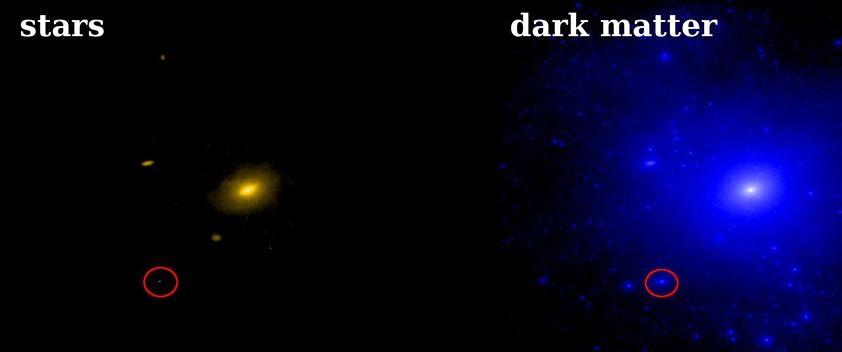Nov 22, 2015
Scientists create single-molecule ‘nanosubmarines’ powered by light
Posted by Shailesh Prasad in categories: entertainment, particle physics
In science-fiction movies like Fantastic Voyage and Innerspace, plucky individuals board microscopic submersibles and take a trip inside the human body… where predictably dramatic consequences ensue.
We’re not quite there yet, but it seems we’re getting close. Scientists in the US have developed nanosubmarines (aka. unimolecular submersible nanomachines) composed of a single molecule of just 244 atoms.
The nanosubs are powered by ultraviolet light, with the motor’s tail-like propeller – which operates more like a bacteria’s flagellum than a conventional motorised propeller – moving the nanomachines forward by 18 nanometres with each full revolution.

















